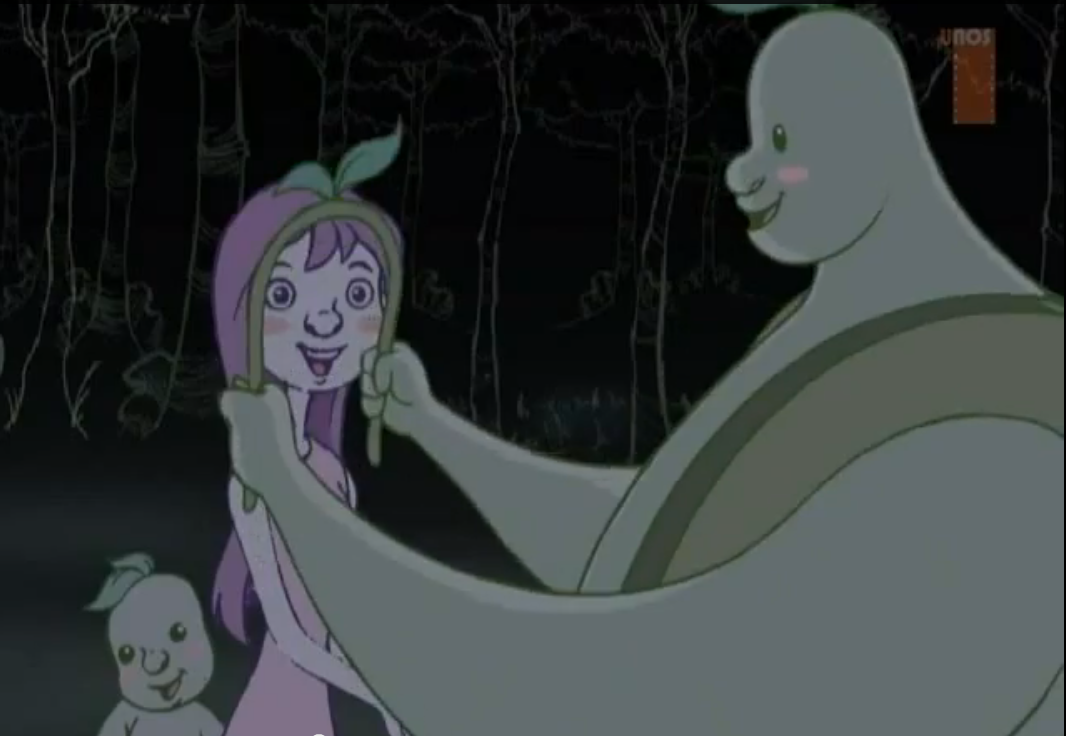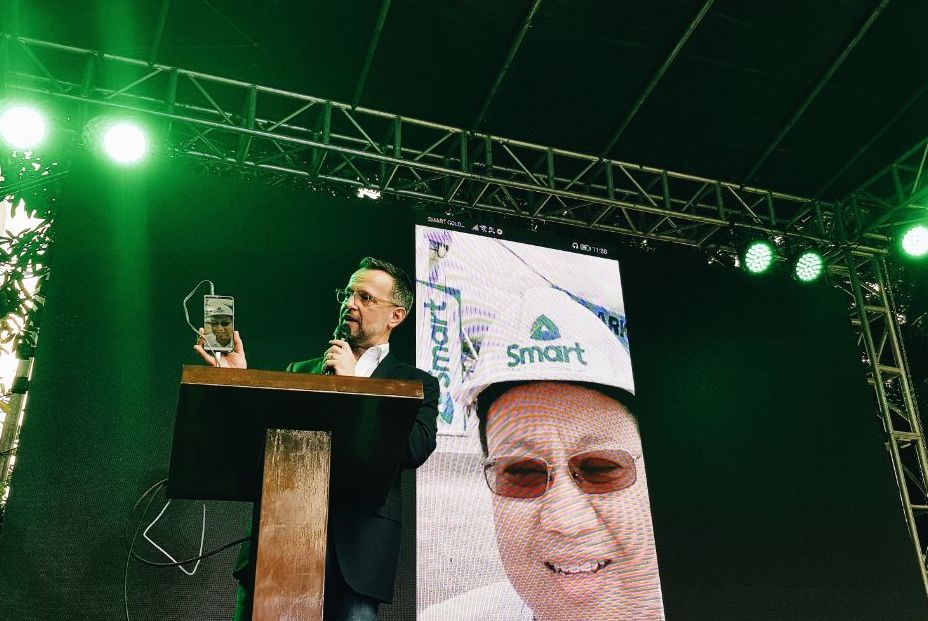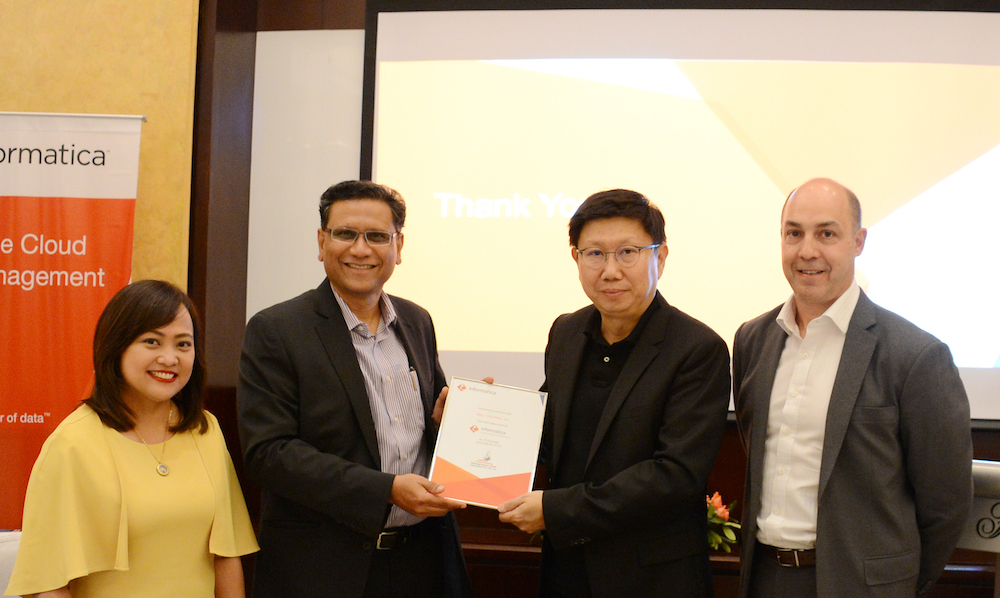
“You have to love the art,” Nelson “Blog” Caliguia Jr. says about his inspiration which made him take home the Outstanding Emerging Artist in Animation during Animation Council of the Philippines Inc.’s annual Animahenasyon festival in 2012.
The love for animation runs in the family of Nelson “Blog” Caliguia, Jr. Blog grew up watching his father, award-winning animator Nelson Caliguia, Sr., create stories through scribbles and sketches in the family-owned Living Room Animation Studios.
The elder Caliguia, an animation professor at the De La Salle–College of Saint Benilde, was one of the directors of the 37th Metro Manila Film Festival’s Best Full-Length Independent Film entitled “Pintakasi.” Blog’s mother Mina managed the animation studio. Together, the Caliguia couple created content for advertisements and subcontracted work from large animation studios as third-party support.
Fueled by his father’s passion for animation, Blog took the same path and became an animator himself. In 2012, he was named Outstanding Emerging Artist in Animation during Animahenasyon, an annual festival that showcases original content by Filipino animators and is organized by the Animation Council of the Philippines, Inc. (ACPI).
Blog is quick to acknowledge the opportunities provided by ACPI through events like Animahenasyon for Filipino animators to showcase their talent. ACPI is a non-stock, nonprofit organization that advocates the development of original animation content and promotes the country’s animation industry locally and globally.
“Animahenasyon provides good opportunities for Filipino animators to show their work to a wider audience. It presents the best works of Filipino artists, which will make us known not only in our homeland but internationally as well,” says Blog. “What’s also great is that anyone can join. I’m looking forward to knowing who will receive this year’s Outstanding Emerging Artist award.”
In the entry entitled “Mutya”, Blog tackled environmental issues such as illegal logging and denudation of forests as a result of modernization. “Mutya,” an original animated short film by a Filipino animator, was later shown in countries such as Japan and Spain.

“Mutya” is a short animated film highlighting the value of environmentalism and taking part in the movement to protect rainforests. This film was Nelson “Blog” Caliguia Jr.’s entry to Animation Council of the Philippines Inc.’s Animahenasyon 2012, which bagged him an award as Outstanding Emerging Artist in Animation.
Back in the day, production of original content had to be financed independently because a majority of the animation studios in the Philippines relied on subcontracted projects from other countries, particularly companies from Japan and the United States. “There was not enough demand for original Filipino content in the industry. On the other hand, outsourcing to the Philippines was an affordable and efficient solution for big studios abroad,” explains Blog. Eventually, pioneers in the industry, including Blog’s parents, realized that the country had to produce original animation content. “I wanted to create my own character, my own story. That made it interesting for me,” he says.
Blog was a witness of the local animation industry’s development through the years. “Back then, the industry was centralized in big animation studios such as Filcartoons. Eventually, studios operated as smaller entities. International competition also changed the landscape in the industry since projects were no longer concentrated in the Philippines,” he says. “With the current technology in animation, it’s easy for start-up companies to create everything in the confines of their studios.”
Blog believes that the Filipino talent in animation is at par with the world’s best. To get aspiring animators started, Blogs came up with the following tips:
1. Always look for inspiration.
There are endless possibilities when it comes to developing animation content. The first step in the creative process is to look for things that will lead to more ideas. You can’t confine yourself to a vacuum. Go out and see the world for yourself. Take in the good and even the bad. (‘Mutya,’ for example, was inspired by environmental degradation.)
2. Don’t be afraid to take risks.
For start-up companies, like my own company Mutya, a level of risk-taking is needed for the business to grow. You have to know when to invest. Some companies have to produce many full-length films before they have a hit.
3. Take care of your health.
Work can sometimes be stressful so I try to stay away from smoking and drinking. I take vitamins every day and eat properly. Animators capitalize on themselves so it’s important that you keep in shape to be able to do your work.
4. Be patient.
Patience is a virtue. It takes a long time before your investments earn returns. Animators should not stop creating new characters and stories. It’s really fulfilling when you see your creation out there after working hard on it for a very long time.
5. Learn to collaborate.
Animation is essentially a team effort. It is important to find and work with like-minded creative people. Finding friends and allies to aid you in your activities is very important. As you work together, you learn from one another and the sense of camaraderie is also an added bonus.
6. Do what makes you most happy.
Doing what you love is important. During moments of doubt, it is the sense of fun in your work that keeps you going.
Finally, Blog urges all budding animators to make that leap of faith and pursue one’s dreams. “It is never easy; not even for someone like me who had the advantage of belonging to a family steeped in animation. Although it was risky to jump into making my own cartoons, I still did it because I wanted to pursue what I enjoy.”











































































































